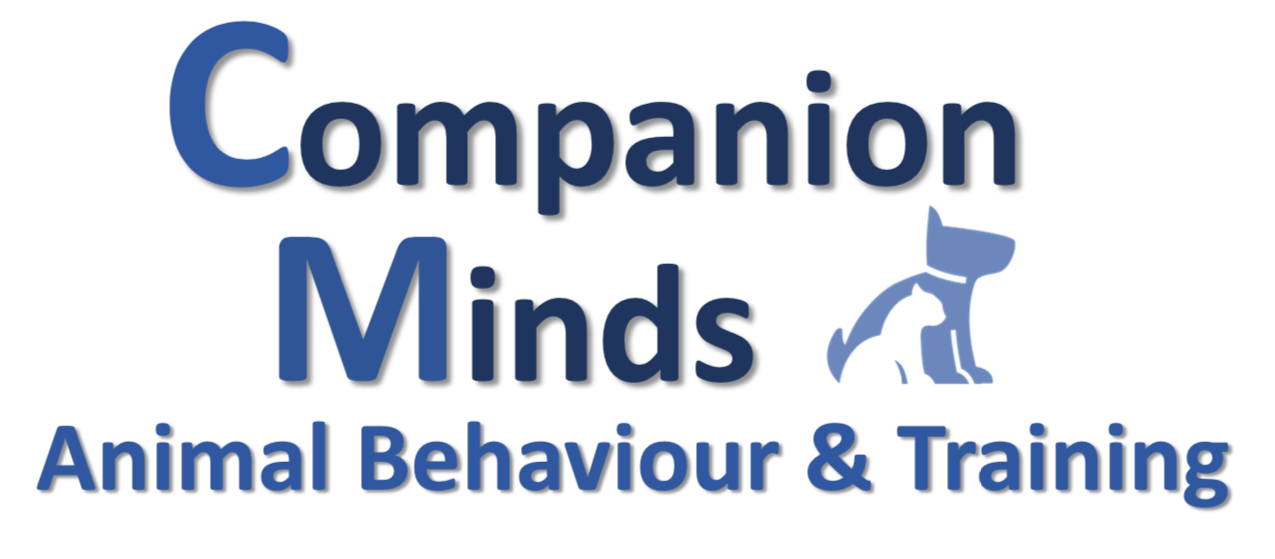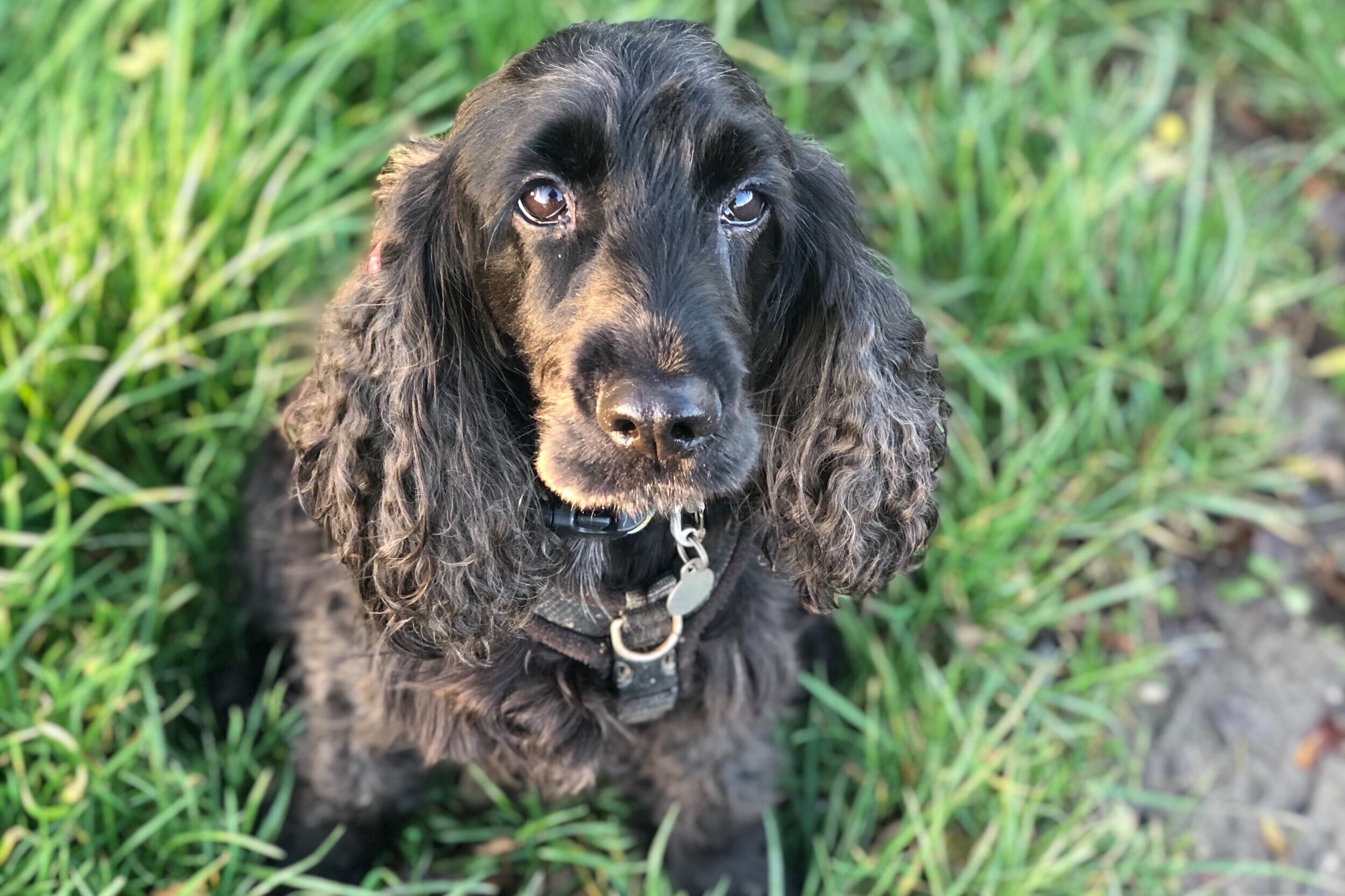Clinical Animal Behaviour Service: What’s it all about?
Our clinical behaviour service is there for people who require support with some aspect of their animals’ behaviour beyond ‘basic training’. This may be anything from barking at other dogs when on lead, to aggressive behaviour towards members of the family at home, to separation related issues, repetitive behaviours (such as shadow chasing, obsessive licking, or tail chasing), or anything else that is difficult for either the owner &/or the pet. Our companion animals work really hard to fit in with us as people, so when things aren’t going to plan, there’s usually a good explanation as to why.
The clinical behaviour service therefore starts with finding out the ‘why’ of the behaviours that you require help with. We assess not only the individual animal (their temperament and personality, emotions & motivations of the behaviours causing concern), but also the environment in which that animal lives (physical & social environment, including e.g. day to day routines). We then use all our years of experience and academic education, to explain to you why the behaviours of concern are occurring, and this sets us up to discuss with you the options on the best course of action. Generally speaking, these involve 1) minimising and managing risks, 2) reducing the possibility of the behaviour occurring with e.g. environmental or routine changes, and 3) addressing the underlying emotional causes of the behaviour to change how the animal responds to resolve the issue, or improve the behaviour to a more manageable level. Once this has been discussed & agreed with the owner, with practical demonstrations where necessary, it is written up in a report that is sent to the client & their referring vet, and we continue to support the client over a 3 month period, tweaking plans &/or progressing them where necessary.
Our companion animals aren’t simple stimulus-response machines. They are living sentient individuals and their behaviour can be complex. We do not consider it ethical to just punish unwanted behaviour, because this has welfare compromises, can actually increase risks, and does not resolve the underlying issue. We care deeply about the welfare of all our clients and their companion animals and we strive to help both the human and the animal in the most ethical, welfare friendly way possible so that everyones lives are improved. It’s a complicated job, which is why an awful lot of hard work and skill goes into this service. A lot of the work we do is ‘hidden’ behind the scenes so we’re going to dive in and explain many of the things we do for each client & animal over the 3 month period we support them……..
Receive initial enquiry message- respond to
and arrange initial phone call to discuss
—>
15-30min initial phone call to discuss the appropriate level of service,
and arrange forms to be sent to client
—>
Send vet referral and behavioural history form to client
—>
Receive forms back. Contact client to arrange suitable date/time to book
assessment.
—>
Prior to assessment, spend 1-4 hours examining behaviour history form,
preparing questions and provisional thoughts on the case. Read medical history
in case it contains potentially important relevant information.
—>
Conduct home visit consultation- anywhere between 2-4 hours depending
on the complexity of the case. This involves discussing the animal with
members of the household, observing the animal/s, recording video footage
if relevant, conducting tests IF required, trial behaviour treatment options if necessary.
—>
Write report including assessment of the issue, and treatment plan (e.g. how we’re going to
manage and/or resolve the issue). Add a covering letter to client and send to client.
Sometimes we record video footage of particular techniques and send that to clients as well.
—>
Add a covering letter to the referring veterinarian. Any observations we made which may
be medically relevant are communicated. This is important because we are not vets, and
GP vets are not behaviourists, so we combine skills to most effectively help the patient.
—>
Collate video footage together (if relevant) and also send to the vet. Arrange with vet
receptionist a time to speak to the vet to further discuss case (if relevant).
—>
If relevant, discuss case with the vet prior to the client returning to them to further discuss potential medical matters.
—>
Book in a time with client to catch up 1-2 weeks post consultation. The call will vary in length depending
on outcomes at vet, as well as what the initial actions points were.
—>
Continue liasing between client and vet if required to facilitate communication.
—>
Continue to support client whenever required but booking in regular (usually every 2 weeks)
check ins to ensure all going to plan.
After every phone call with client or vet, we make our own records of conversations, decisions made,
or tweaks to the plan.
Any changes to treatment or modifications to the initial assessment are also formally
written up in a new letter to the client, and the vet is also updated.
—>
Allow time for practical sessions if client requires them - to help with implementing plans.
—>
At the end of the 3 month follow up period, we then write a discharge report,
summarising behavioural progress, prognosis, and behavioural advice moving forwards
This is sent to the client and the vet.
—>
If the client wants to, they can extend this 3 month follow up support, for another 3 months,
in which case a continuation of record keeping, phone calls, liasing with vet if relevant,
and updating reports continues….
As you can see, it’s a big job- regardless of the problem we’re presented with- because we do a really good thorough job! We can spend 10-25 hours on a case across these three months depending on the complexity involved and the amount of liaising with vets /tweaking of plan required- sometimes more. So although it might seem like a lot of money to spend on your animal’s behaviour, when you break the cost down per hour of time of us helping you directly, and bustling about in the background, it’s very economical!
Remember, you’re also not just paying for our time in the present- we’ve spent years building up hands on experience having worked in rescue, we regularly attend CPD events, lectures, and conferences, investing our time and money into this to gain more knowledge to help you and your companion animals further. We have also both invested in our MSc qualification in Clinical Animal Behaviour, with Tom also now self funding his PhD in animal behaviour & welfare! We also ensure we are members of appropriate regulatory bodies so that you can be assured of our standards, ethics, and the methods we use.
The clinical behaviour service is potentially able to be claimed for on your pet insurance. Tom is a Certificated Clinical Animal Behaviourist (CCAB; as assessed by the Association for the Study of Animal Behaviour), who is professionally affiliated with the Fellowship of Animal Behaviour Clinicians (FABC), which allows him to be listed on the Clinical Animal Behaviourist register of the Animal Behaviour and Training Council (ABTC). Most insurance companies will recognise this as a standard, so if your policy covers behaviour you could be reimbursed for everything other than your excess. We’re also always happy to discuss payment plans to spread the cost over the 3 months if that makes the service more accessible too.
We are so invested in providing a supportive and thorough service, and really want you and your animal to get the best possible outcomes. We hope this gives you an idea of the accessibility of the service, as well as all our efforts which go in to providing this important support. Drop us a message if you have any questions!


